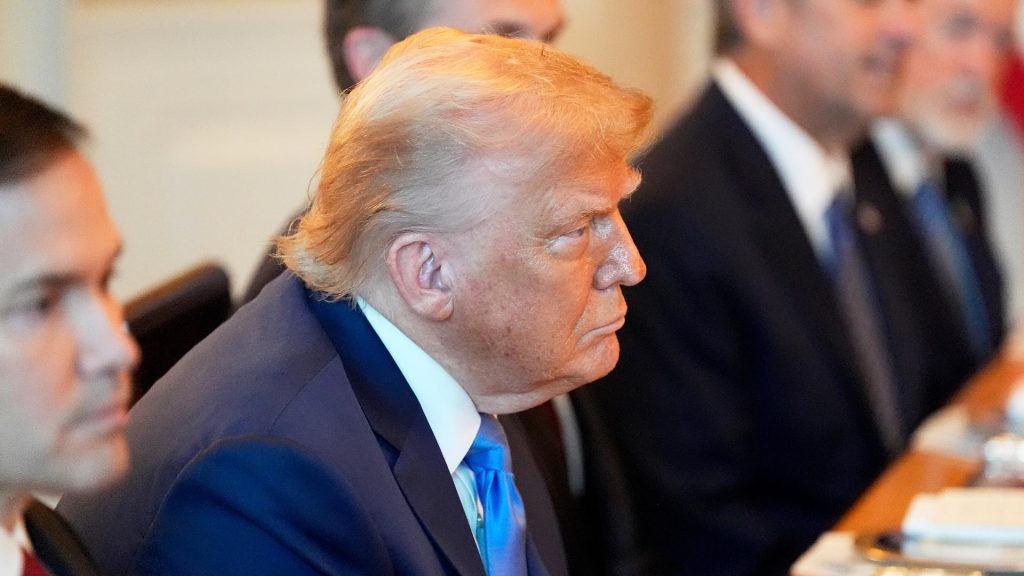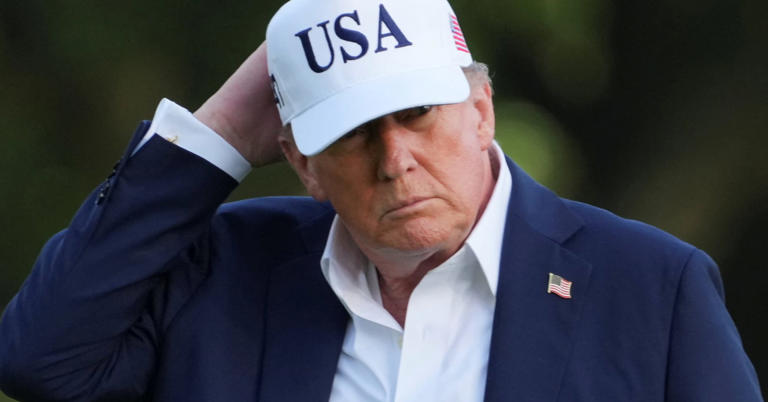WASHINGTON — President Donald Trump on July 8 announced a 25% tariff on imports from Japan and South Korea, as part of a broader action affecting 14 countries. The new tariffs are scheduled to take effect on Aug. 1.
The tariffs are part of the administration’s trade policy aimed at addressing trade deficits and what it describes as unfair trade practices. Trump issued formal letters to the affected countries outlining the basis for the tariffs and urging them to eliminate barriers on U.S. imports.
The new tariffs will cover goods not already subject to existing duties in sectors such as autos, steel, and aluminum. The list of specific products affected has not yet been released.
The announcement led to a decline in U.S. stock markets. The Dow Jones Industrial Average fell by several hundred points, while the S&P 500 and Nasdaq also posted losses. Asian markets showed mixed reactions.
Officials from Japan and South Korea expressed concern over the new tariffs. Japan called the measure regrettable and reiterated its desire to maintain a stable trade relationship. South Korea has sought dialogue to address the trade issues.
The European Union is not included in this round of tariffs, as it is currently in separate trade negotiations with the United States.
In addition to Japan and South Korea, 12 other countries are subject to the new tariffs, including Tunisia, Laos, Cambodia, Thailand, Indonesia, Malaysia, Serbia, Bangladesh, South Africa, Bosnia and Herzegovina, Myanmar, and Kazakhstan. In some cases, the proposed tariffs may reach up to 40%.
The administration has stated that the purpose of these tariffs is to protect American industries and workers, and to create a more balanced trading environment.
Officials from Japan and South Korea have called for continued dialogue, and U.S. authorities have indicated that the tariffs could be avoided if production is relocated to the United States or if new trade terms are agreed upon.


